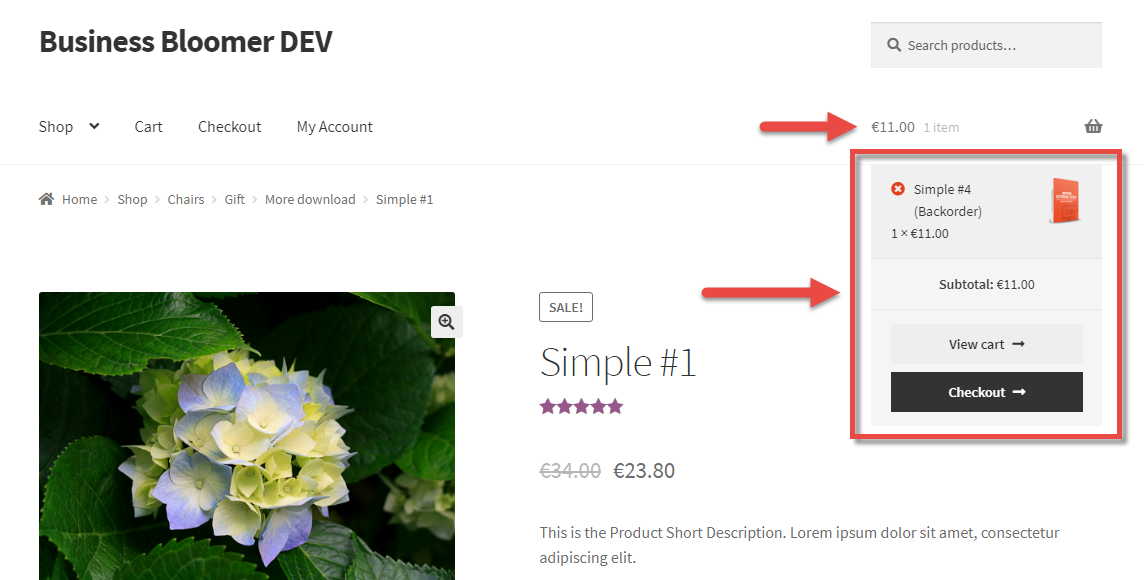
Black Friday and Cyber Monday (BFCM) are just around the corner. Is your WooCommerce site prepared? I hope so!
While time is running out, there are a number of things you can do to get ready. In this post, we’ll cover eight of the most important ones.
The potential of a Black Friday / Cyber Monday deal shouldn’t be underestimated. Indeed, many eCommerce sites report that a significant percentage of their annual revenue comes from sales during this brief period of time.
Additionally, it’s important to remember that nearly all businesses run a BFCM sale, which means that anyone who doesn’t have an offer is missing out.
Before we jump into the eight important things you can do, a final note: failing to prepare may cost you a serious amount of missed revenue. Amazon, for example, stands to lose $13.22 million per hour of downtime! While that’s an extreme example, it is a reminder that downtime should be avoided as much as possible during once-a-year sales events.
Continue reading WooCommerce: Preparing Your Site for Black Friday / Cyber Monday









